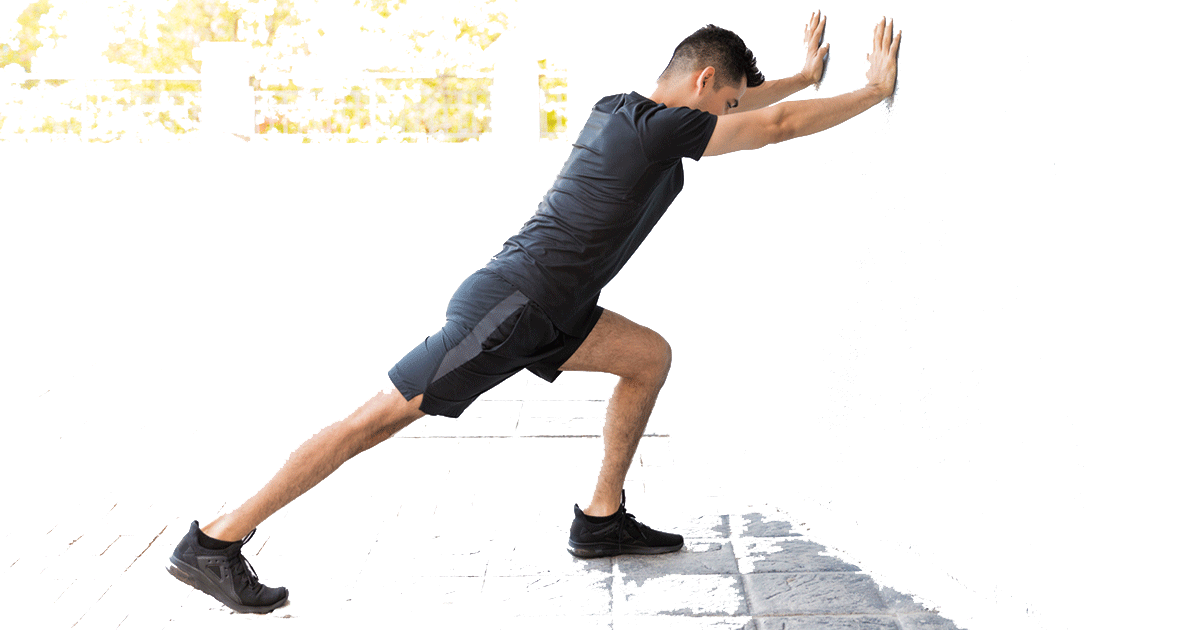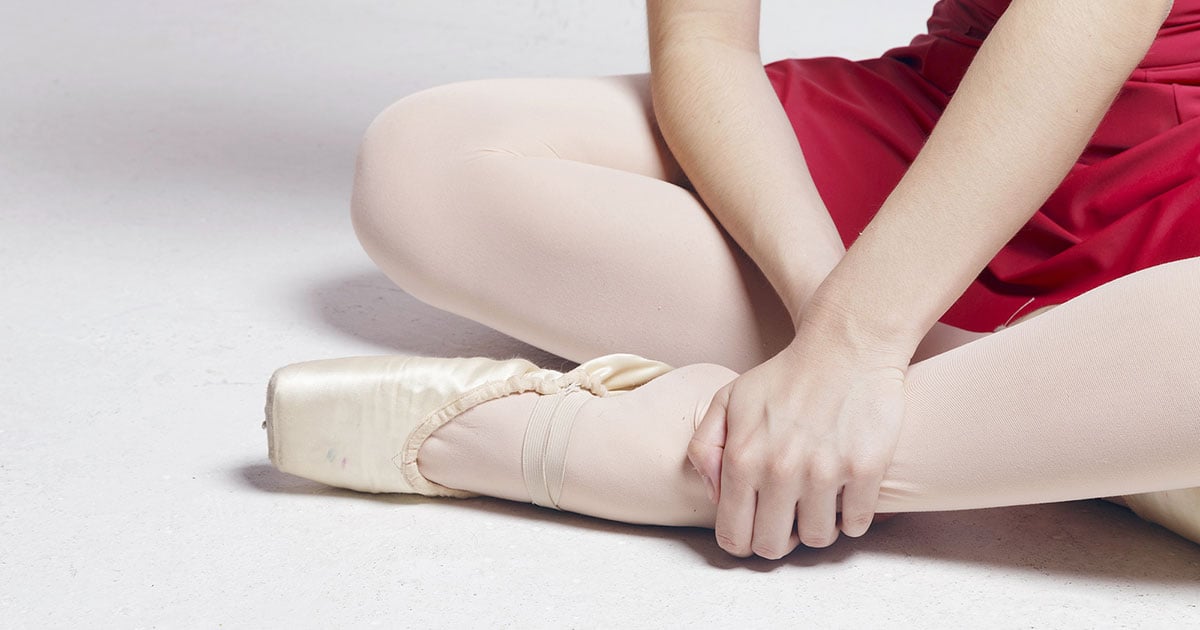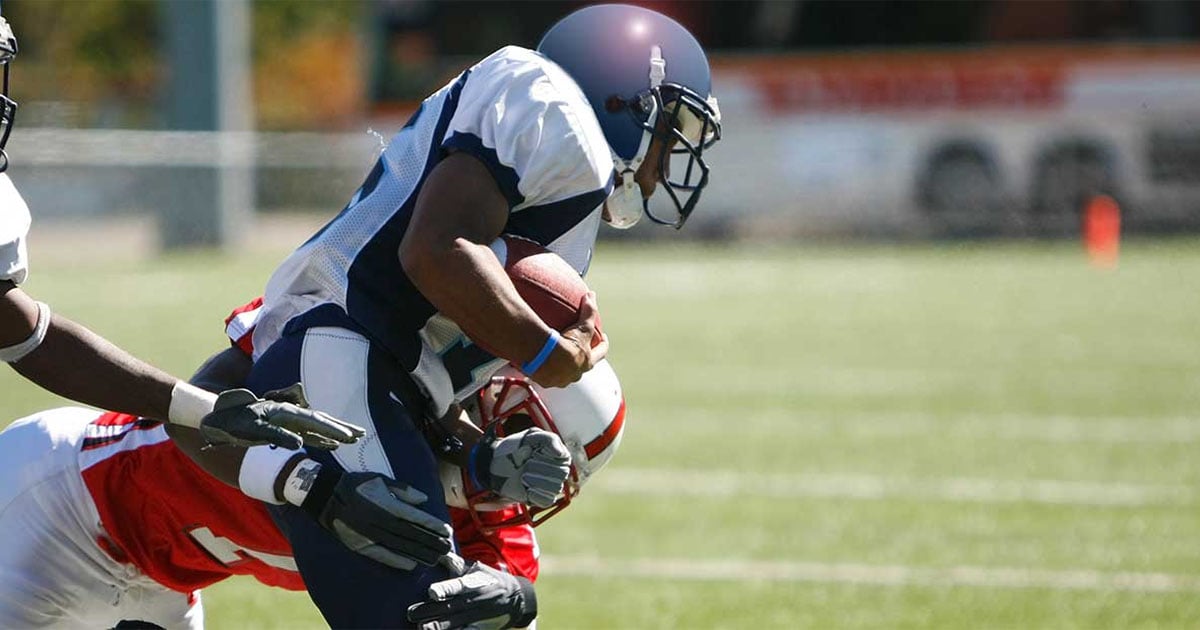
Advice to improve your movement, fitness, and overall health from the #1 in orthopedics in the U.S.
Ankle Stretches and Exercises for Strength, from a PT
It’s an often overlooked area, but keeping your ankles flexible and healthy is key to staying active.
Advice to improve your movement, fitness, and overall health from the #1 in orthopedics in the U.S.

“Keeping the ankles flexible and strong allows you to maintain an active lifestyle,” says Kimberly Baptiste-Mbadiwe, PT, DPT, OCS, SFMA, a physical therapist at HSS.
Some loss of function in the feet and ankles is an inevitable toll of aging. Traumatic injuries, twists and sprains can also damage the 28 bones, 112 ligaments and 34 muscles that come together in the feet and ankles to stabilize the body.
“Ankles can get weak if any type of trauma happens—twisting them or breaking the bones around them, for example,” says Baptiste-Mbadiwe. “A lack of activity can also cause the muscles around the ankle to get weak. And all that can translate into how well you are able to move.”
What’s more, strong, healthy ankles can further assist in maintaining good balance. As we age, we lose our perception of where our body is in space, referred to as proprioception. Injuries also can disrupt proprioception due to pain, inflammation and other factors.
Four Moves to Keep the Ankles Strong and Limber
As with other groups of muscles, tendons and ligaments, the ankles can become stronger and more flexible with regular training. Here are four easy exercises you can perform that can help improve stability, motion and balance.
As a rule, strengthening exercises should be performed every other day, while stretching can be done daily. Give this regimen of exercises at least 6 to 8 weeks before you start to notice a real difference, and consider making them a regular part of your workout routine. “If it’s helping, it’s like a car—keep it tuned and functioning well. The more you maintain it, the better,” Baptiste-Mbadiwe says.
If you’ve experienced a traumatic injury or are having significant weakness (your foot drags when you walk, for example, or you feel numbness, tingling or other nerve-related symptoms in the area), you should seek medical attention.
Runner Calf Stretch
- With your palms against a wall and your feet hip-width apart on the floor, step backward with one leg, leaving the front leg bent slightly.
- Hold for 20 to 30 seconds and switch legs.
- Repeat 2 to 3 times. (Note, do not bend your front knee past 90 degrees.)
Long-Sit Calf Stretch
You’ll need a sturdy workout strap, belt, towel or even a long bedsheet for this one.
- Sitting on the floor or your bed, wrap the strap around the ball of your foot.
- Pull gently toward your body while keeping your leg straight. You can also try bending the knee for a deeper calf stretch, which may further increase the ankle’s range of motion.
- Hold for 20 to 30 seconds and switch sides.
- Repeat 2 to 3 times.
Calf Raises
Raises are a great way to strengthen the calves, which are among the most important muscle groups supporting the ankles. If you’re concerned about balance, use the back of a sturdy chair or a table for support.
- Standing on both feet, raise both of your heels off the floor.
- Hold the position for 2 seconds, then lower your heels to the floor.
- Repeat 10 to 20 times.
Eccentric Calf Raises
If you do well with calf raises and feel they’re getting easier, try this twist on the exercise for further strengthening. Again, if you’re concerned about balance, use the back of a sturdy chair or a table for support.
- Standing on both feet, raise both of your heels off the floor for 2 seconds, like in the calf raise.
- Then lift one leg off the floor, shifting your balance to the standing leg.
- Lower down to the floor while standing on only one leg. Repeat on the opposite side.
- Start with 10 repetitions on one side and progress to 2 to 3 sets of 10 reps over time.
Published 11/7/2023


